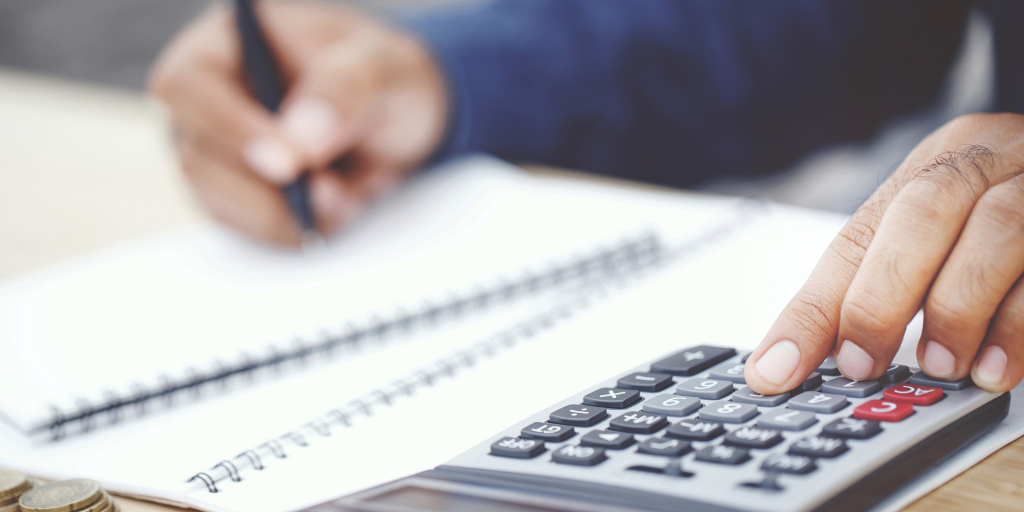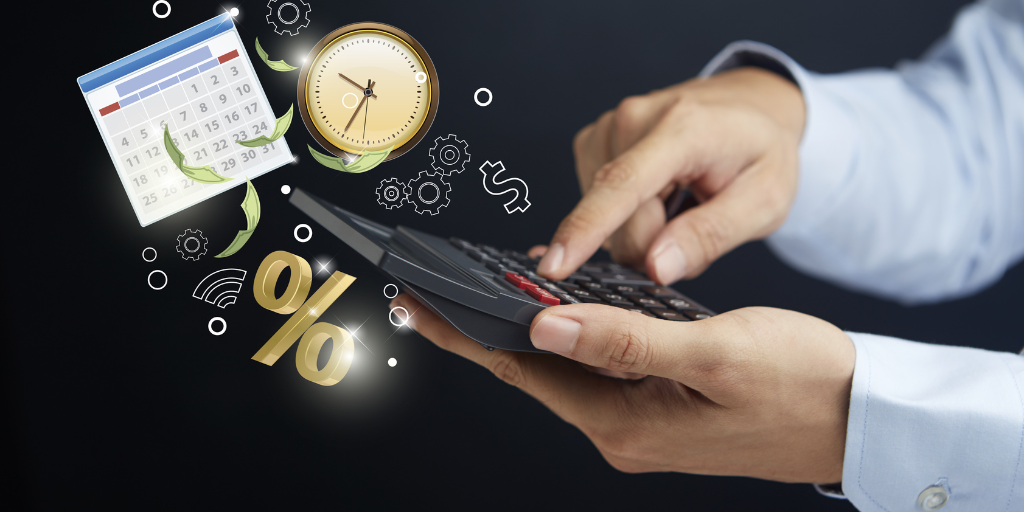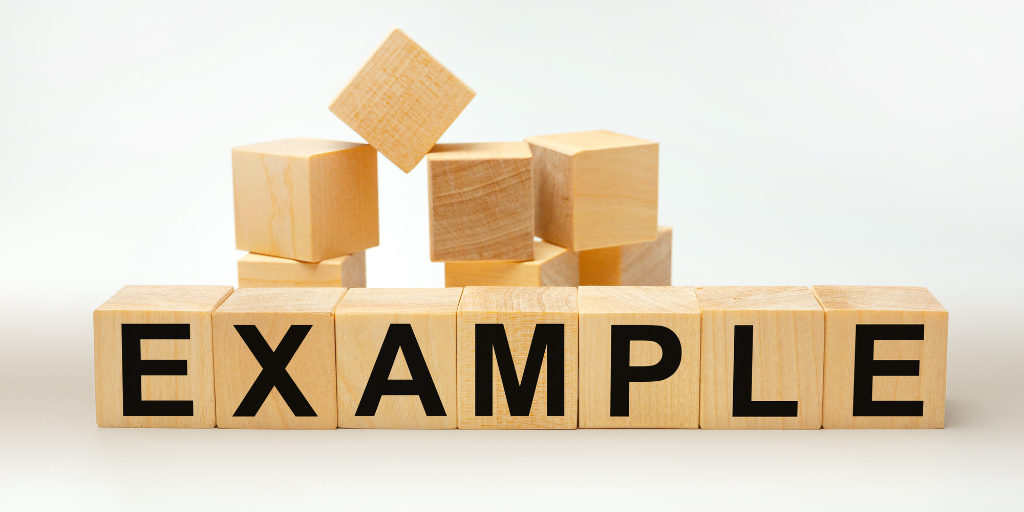
How CAM Impacts Financial Statements in Commercial Real Estate
- November 19, 2024
- OHI

Common Area Maintenance (CAM) refers to the shared costs incurred in commercial real estate for maintaining and operating common areas within a property. While tenants view CAM as an expense for accessing shared amenities, these operational costs allow landlords to recover expenses. For both tenants and landlords, CAM significantly impacts financial statements.
This blog explores how CAM charges affect financial statements, highlighting treatment, implications, and best practices for accurate reporting.

Common Area Maintenance (CAM) represents the cost incurred by property owners to manage and maintain shared areas in commercial properties. Examples of these areas include lobbies, hallways, parking lots, elevators, restrooms, and landscaping. Tenants pay CAM costs based on their lease agreements, typically as a percentage of the space they lease relative to the total leasable area.

For landlords, CAM charges are critical for recovering operational costs. Here’s how CAM is reflected in their financial statements:
For tenants, CAM charges are treated as operational expenses, directly impacting their financial statements:

CAM charges consist of various components, each with distinct financial implications:
Shared costs for lighting, heating, and air conditioning in public areas are included in CAM. These directly impact the landlord’s operating expenses and the tenant’s occupancy costs.
Property management fees and administrative expenses are major CAM components.
Property taxes and insurance for common areas are included in CAM and are accounted for like other operating expenses.
Capital improvements, such as upgraded HVAC systems or energy-efficient lighting, may be partially included in CAM if they reduce operating expenses or add value.

Effective CAM ensures a positive contribution to NOI through proper cost recovery.

Reconciling estimated CAM charges with actual expenses can lead to errors, affecting financial reporting accuracy.
Disputes over the distribution of CAM expenses among tenants can delay payments and affect the reporting period.
Improper treatment of capital improvements in CAM can cause disputes and inaccuracies in financial statements.
Landlords must ensure CAM accounting complies with standards like ASC 842 or IFRS 16 to avoid legal or financial consequences.

Invest in software to streamline CAM calculations, billing, and reconciliation, minimizing errors and improving accuracy.
Landlords should provide tenants with detailed CAM breakdowns to foster trust and reduce disputes.
Create accurate CAM budgets and regularly review expenses to ensure estimated charges closely align with actual costs.
Internal audits help identify discrepancies in CAM calculations and ensure compliance with accounting standards.
Landlords and tenants should agree on lease terms that clearly define CAM components, billing methods, and reconciliation processes.

Scenario:
A shopping center landlord collects CAM charges for maintenance, utilities, landscaping, and property management fees. The estimated annual charge is $1 million, divided among tenants based on their leased space.
Income Statement:

Advanced property management software with real-time tracking will improve CAM reporting accuracy.
Energy-efficient upgrades included in CAM reduce long-term operating costs, reflecting positively in financial statements.
Regulatory changes may drive greater standardization in CAM reporting, enhancing transparency and fairness.

Common Area Maintenance (CAM) is a vital cost in commercial real estate, impacting both landlords’ and tenants’ financial statements. It directly affects revenue, expenses, and key financial metrics like NOI, profit margins, and cash flow.
By adopting best practices such as accurate budgeting, regular audits, and transparent communication, landlords and tenants can ensure fair and accurate CAM, fostering trust and stability in the commercial real estate sector.
Contact us for a customized NO OBLIGATION proposal for outsourcing your accounting activities.







